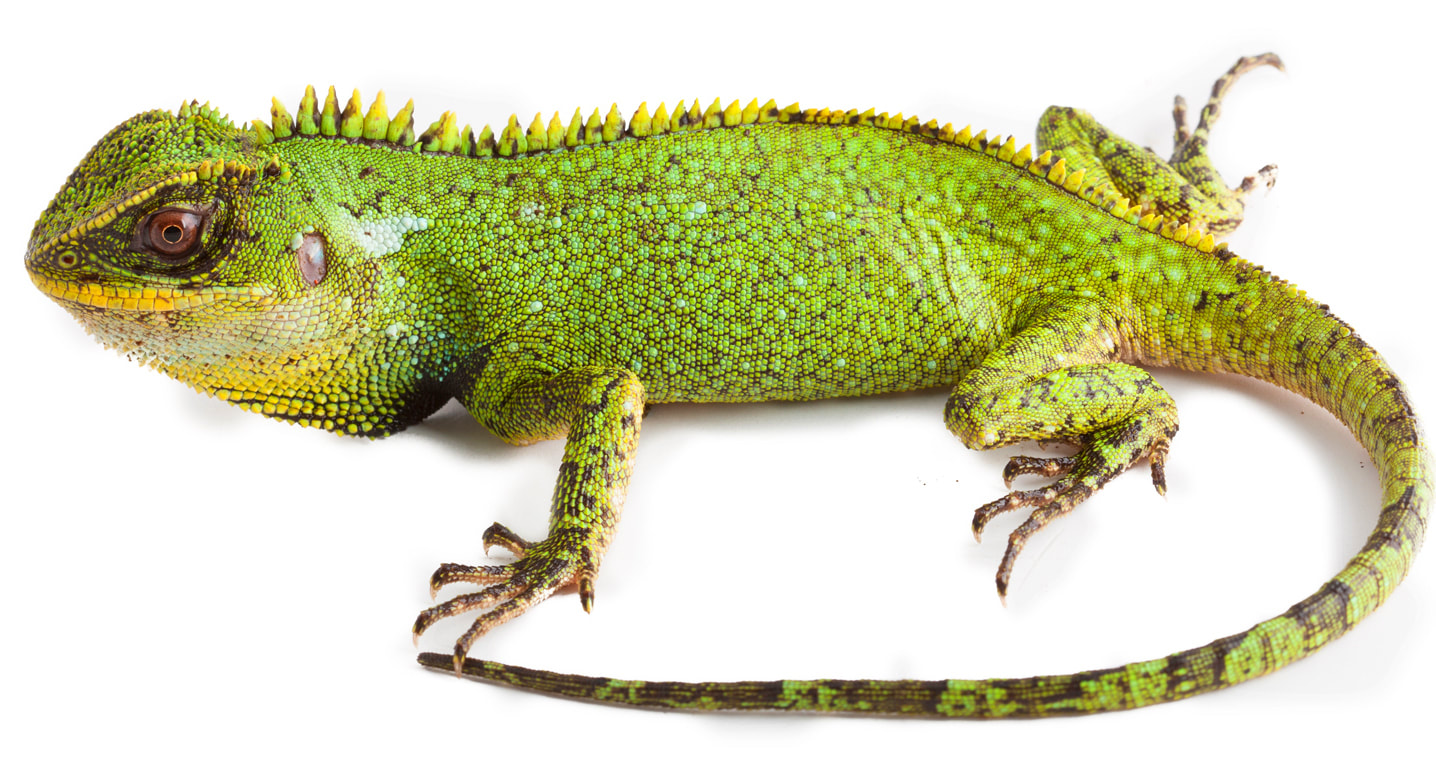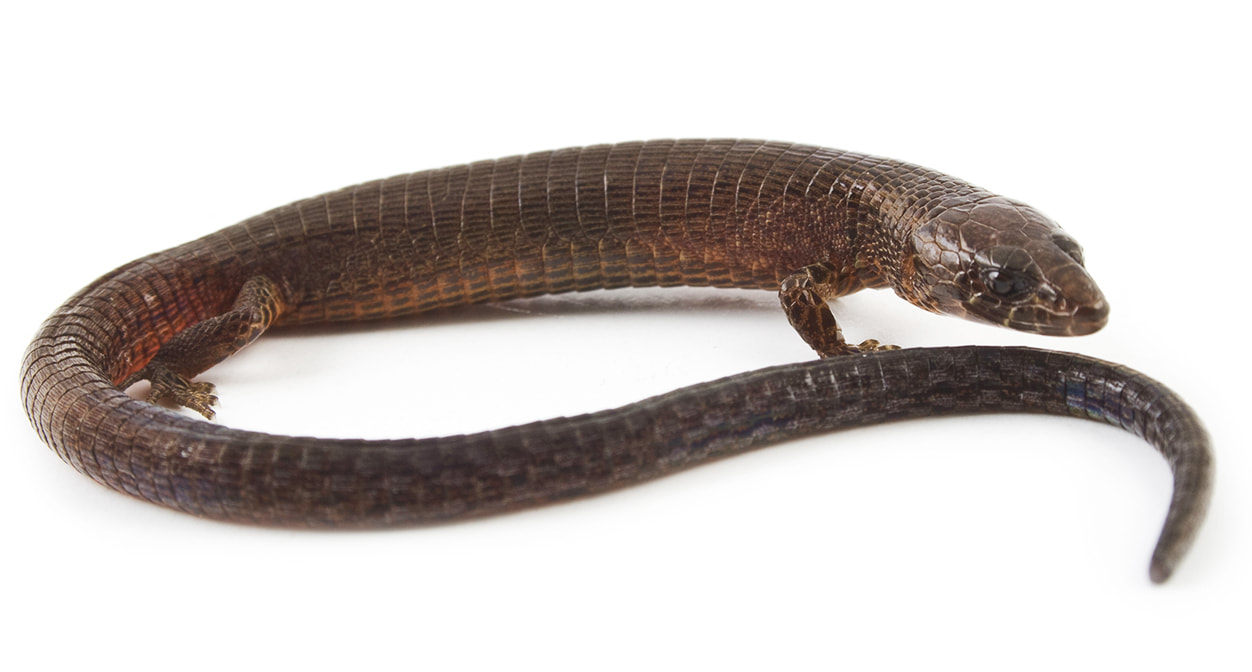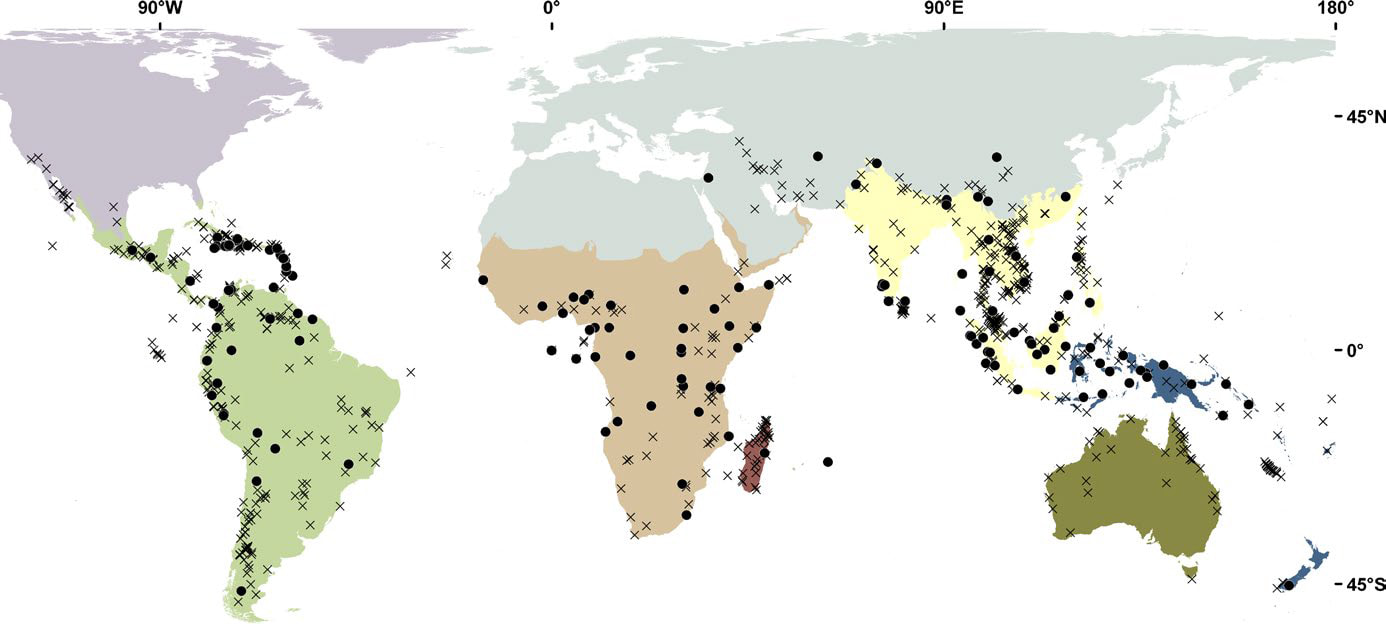| We defined lizard species with the smallest ranges as those only known from a single locality, with a maximum range extent no larger than 10 km. Surprisingly, more than 900 species, or roughly 1 in seven of all known lizard species, have such small ranges. Furthermore, about 750 of these species have never been seen again after their initial discovery, and more than 200 lizard species are only known to science from a single individual. |
| Many of these species (such as those inhabiting small islands or caves) may truly have small ranges. However others may actually have larger ranges, and we are simply ignorant of the true extent of their distribution. This is especially true those found in remote, inaccessible places with no obvious barriers to their dispersal. Thus their small ranges are potentially only an artifact of our poor knowledge. Distinguishing between these two possibilities is both illuminating from an ecological and evolutionary perspective and extremely important from a conservation point of view. |




 RSS Feed
RSS Feed
